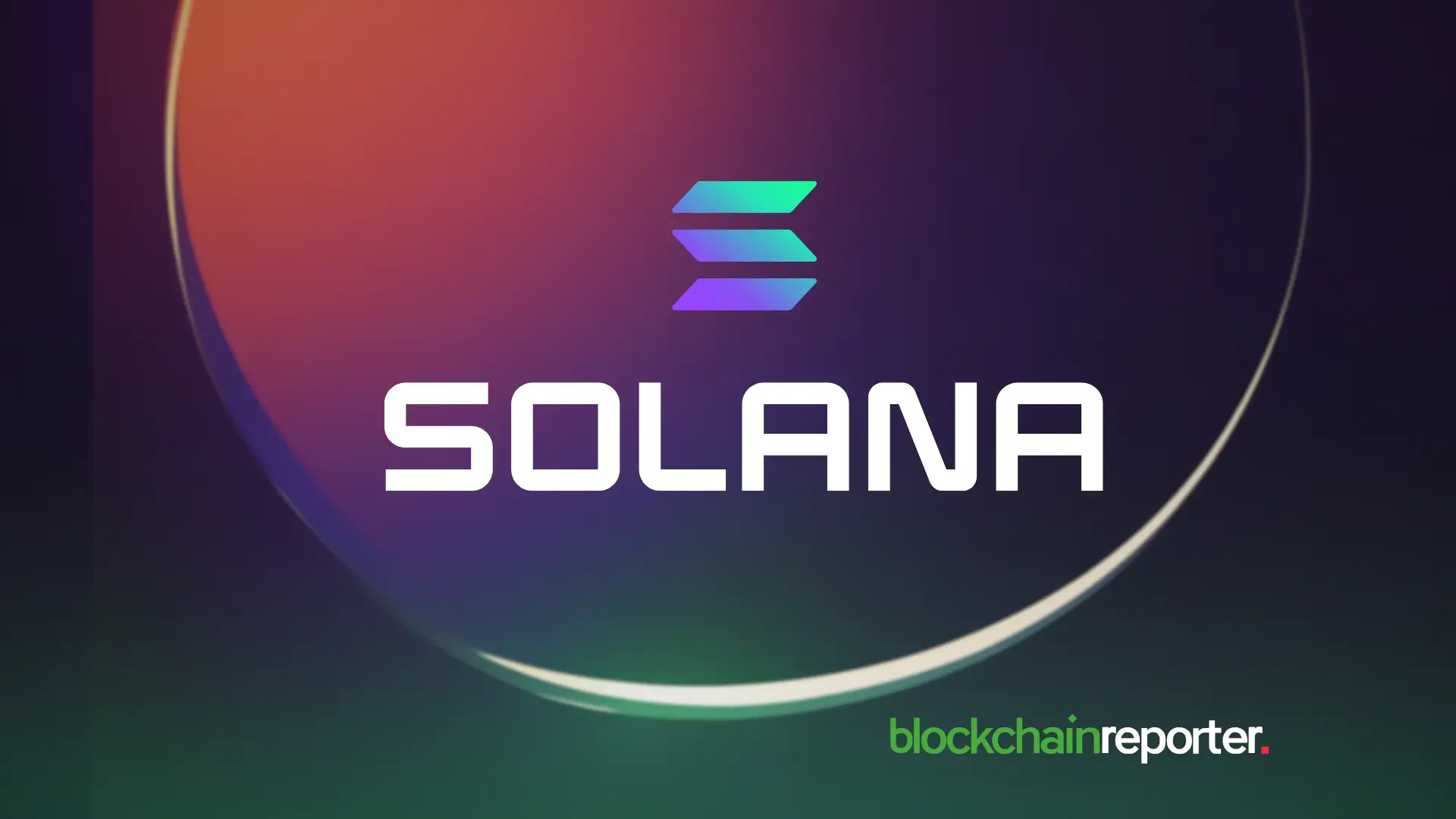
Introduction
As technology grows, ever new ways to scam come to fore and deprive many retail traders as well as mature investors of their hard-earned money. Blockchain technology and cryptocurrency are specifically full of fraudulent activities. On CoinMarketCap, you can see rug pulls with coins plummeting 99% in hours. From withdrawal of liquidity pool to intentional bugs in smart contracts and other technical glitches, crypto markets demands that you be extra vigilant while transacting on centralized and decentralized exchanges. This article aims to making you aware of address poisoning risks.
What is Address Poisoning?
By definition, address poisoning is providing look-alike addresses to force mistaken transactions. If you accidentally send some amount to a wrong bank account number, you can call the bank for the resolution of the problem, and it is not a serious issue. This is not the case on the blockchain networks. All your transactions on a blockchain are irreversible. It means you lose your money forever if you send it to the wrong address.
How Scammers Work
Studying the Victim
Such scammers study the victim and have an eye on the wallet addresses with which most of the transactions are being carried out. Imagine your financial activity on your banking apps. There are always a few addresses that show up when you proceed to sending money. It saves you from the hassle of entering account numbers again and again. However, the difference between your banking transactions and blockchain transactions is that banking apps show the name with the account number. Wallet addresses on the blockchain are mere digits and letters and they are privacy oriented. The number and pattern of addresses may be different on different blockchains.
Generation of Fake Addresses
You might know that you cannot create a wallet with an address of your choice. The address is always a random combination of letters and numbers. The scammers use specialized computer programs to generate wallet addresses that resemble the target addresses very closely.
They do it by trying again and again until they get something resembling. Scammers usually target similarity at the starting and ending parts of the wallet addresses because these are the parts that senders mostly verify. It is impossible to remember these long addresses, so senders mostly copy and paste them.
Poisoning the History
The next step for scammers is to make their generated addresses appear on the transaction history of the victim so that the likelihood of their being copied and pasted may arise. They send insignificant tiny crypto amounts to the victim, and the address starts appearing in the transaction history.
Catching the Victim
Since all the stage is set, the victim may come into the trap any time. The fake addresses appear so similar that the victim takes them as their legitimate target addresses and send amounts. Hence, scammers achieve their targets.
Who the Victims Are?
Since the target of the scammers is to loot as much money as possible in the least possible attempts, they select affluent targets with a large amount of funds in their wallet and also who are actively sending and receiving cryptocurrencies. Such victims are more likely to ignore small differences in their wallet addresses and rely heavily on the transaction history because of the frequency of their sending and receiving. By studying the transaction habits of these individuals, attackers refine their tactics to strike when vigilance is lowest.
Examples from the Real World
In May 2024, a scammer successfully extracted $68 million dollars in the form of $WBTC. The attacker spoofed the first six characters of the victim’s legitimate address to create a convincing fake appearance. After receiving the funds, the scammer moved the assets through multiple crypto wallets. The campaign behind this attack involved tens of thousands of fake addresses and targeted mostly experienced users with large wallet balances, highlighting the scale these scams can reach.
On the Solana network, for instance, an experienced user lost almost $3,000,000 dollars in $PYTH tokens after relying on a corrupted transaction history. The attacker had quietly inserted a deceptive address by sending a negligible amount of $SOL, which later caused the victim to select the wrong destination.
In another widely reported incident dating back to May 2025, a trader lost more than two and a half million $USDT through two consecutive transfers after scammers used zero-value transactions to plant imitation addresses that closely resembled legitimate ones.
How to Be Safe
It is clear from the discussion to this point that human negligence is responsible for the loss resulting from poisoned transaction history. A useful tool to eliminate the difficulty of remembering intricate addresses is to use Blockchain Domain Naming system (BNS) and Ethereum Naming System (ENS). ENS is a decentralized naming system on the Ethereum blockchain that converts long, complex addresses into simple, human-readable names like “alice.eth.”
Another measure is the difficulty in creating new addresses, but this difficulty can be created by the wallet managers only.
Wallet and interface upgrades can improve safety from such attacks. Visibility of the address should be improved as it often happens that only the initial and final parts of the wallet are visible. Moreover, the wallets behind frequent tiny transactions must be either banned or flagged to alert the potential victim.
User awareness is the most important step in preventing poisoning attacks. Whenever you need to send a large amount to a wallet, first send a small amount to test the correctness of the wallet address. You can also use personal allowlists to avoid accidentally selecting fraudulent addresses. Finally, you can use apps and extensions that detect poisoning attempts.
Conclusion
In short, address poisoning is a very clever technique to steal funds from your wallet on account of your own mistake. Since blockchain transactions are irreversible, you cannot retrieve amounts you have already sent to the scammers. Keep an eye on the transaction history and delete all addresses behind small transactions lest you may select them accidentally to send them any big amounts.
Address Poisoning Summary
Address poisoning is a dangerous crypto scam where attackers generate look-alike wallet addresses to trick users into sending funds to the wrong destination. Because blockchain transactions are irreversible, any amount sent to a poisoned address is lost permanently. Scammers study a victim’s transaction habits, create near-identical addresses using automated tools, and then send tiny amounts to the victim so the fake address appears in their recent transaction history. When the user later copies and pastes an address without checking carefully, they unknowingly select the fraudulent one.
Common victims include experienced traders with large, active wallets who rely heavily on their history list. Real-world cases have resulted in multi-million-dollar losses across Ethereum and Solana, proving how sophisticated these attacks have become.
To stay safe, users should test large transfers with small amounts first, delete unknown micro-transactions from history, and install tools that detect poisoning attempts. Wallet developers can also help by improving address visibility and flagging suspicious zero-value transfers. Address poisoning is preventable but only with vigilance and proper security habits.





